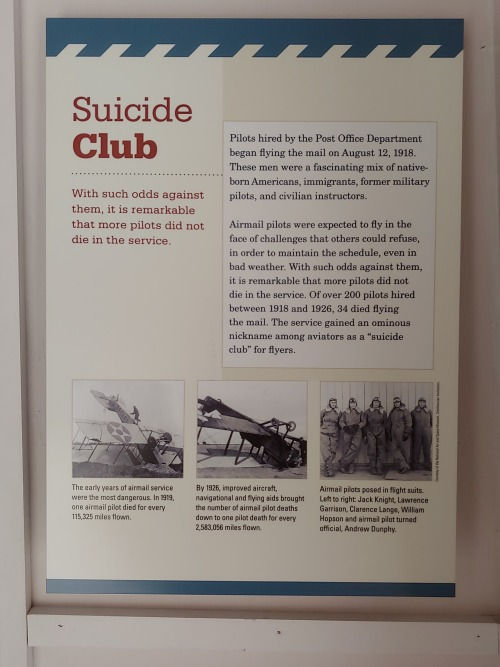Smithsonian National Postal Museum: AirMail
- Flea Market Love Letters
- Aug 21, 2020
- 2 min read
Updated: Nov 13, 2021
In 1918, the United States Postal Service began “AirMail”. Many of the letters, postcards and memorabilia featured here on Flea Market Love Letters (and on our Instagram @FleaMarketLoveLetters) were delivered via AirMail. AirMail linked cities like Washington D.C., Chicago and New York for regular, scheduled mail delivery for the first time. It’s not hard to take for granted the network and efforts that went into establishing, maintaining and developing the United States Postal Service which is why the Smithsonian National Postal Museum in Washington D.C. has such a significant purpose. In this age of immediate gratification and the over saturation of communication — recognizing the privilege of living in communities and cultures with access to technology and devices – taking time out to explore the history of the Nation’s mail is worthwhile.

Over 200 pilots were hired between 1918 and 1926, 34 died in crashes as part of their daily jobs. They were known as the “Suicide Club” for flyers.

One such flyer’s personal affects are on display at the Smithsonian National Postal Museum – Max Miller. In the photo below you can see Max Miller’s application to join the AirMail, his log book and his flying goggles. Miller died in a work related crash on September 1st, 1920 – not long after marrying AirMail service Stenographer Daisy Thomas.

Miller’s Airmail Pilot Badge – the first ever given – is displayed below, as well as a flight report from James C. Edgerton, another of the first adventurous Airmail pilots.

The display also contains an example of an early helmet and face mask that would have been used by pilots before the 1930s.

For a complete idea of the display:

Hundreds of men put their lives at risk during the better part of two decades to make sure there was daily, reliable mail delivery across the United States. Thousands of men and women participated in the logging and management of the mail these men would carry, and would risk their lives for.
We take for granted now the speed and ease to send an email, or place a call. But before that there were faces and names behind getting a letter from one city to another, and there still are.
This blog is dedicated to the digital archiving of “love letters”, or capsules into the history of the time at which they were written. Without these letters, we would not have the intimate knowledge of life at the time of their composition and without the records of these brave AirMail pilots – who often times, in bad weather flew and landed their planes with limited visibility, basing decisions off of landmarks and gut instinct alone! – those letters might not have made their way around the U.S. and around the world, into the eagerly waiting hands of Mothers, sweethearts, husbands, Aunts or Uncles, friends or colleagues.
Comments